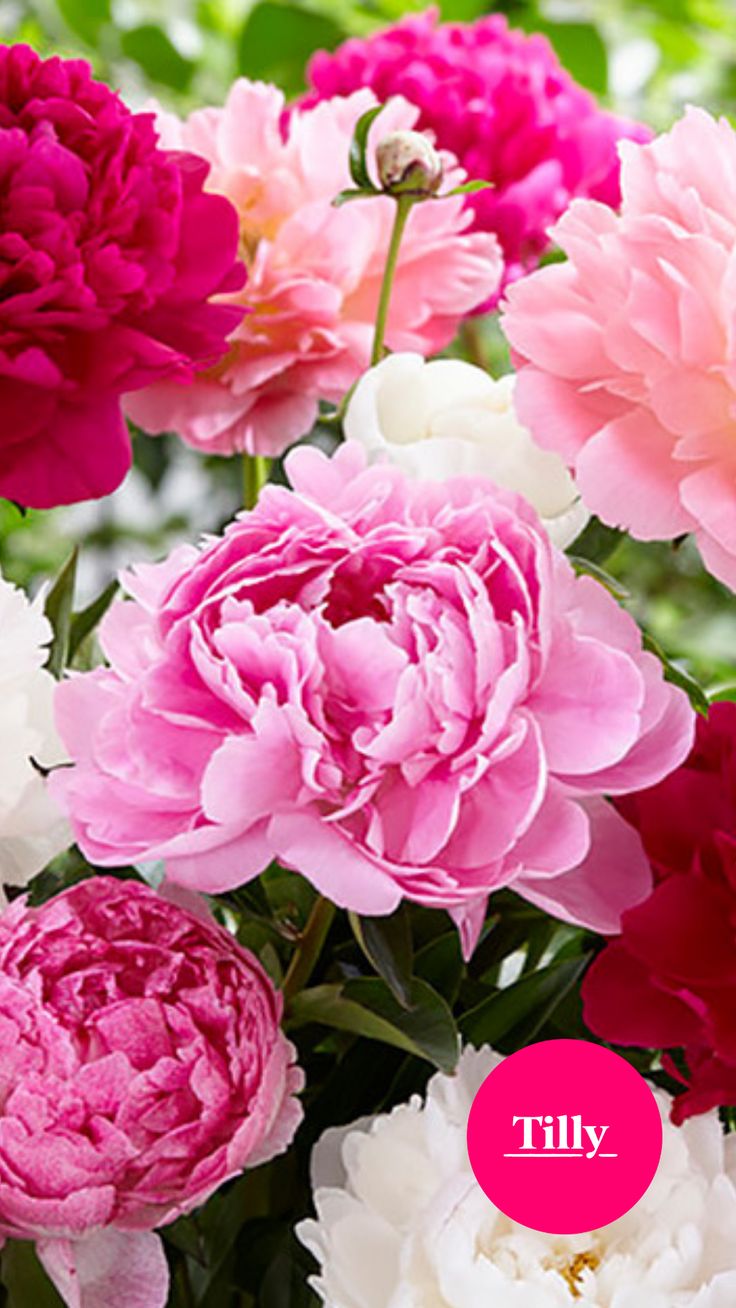Annuals Or Perennials: A Guide To Choosing The Perfect Plants

Table of Contents
Choosing between annuals and perennials is a fundamental decision for any gardener, significantly impacting the year-round appearance and feel of your garden. This comprehensive guide delves into the key differences between annuals and perennials, empowering you to select the ideal plants for your specific landscape, skill level, and aesthetic goals. Whether you're a seasoned landscaper or a novice gardener, understanding the nuances of annual vs. perennial plants is crucial for creating a thriving and beautiful outdoor space.
Understanding Annuals
What are Annual Plants?
Annual plants complete their entire life cycle – from germination to seed production – within a single growing season. This means they sprout, flower, produce seeds, and then die all within the span of a year. This characteristic makes them ideal for creating vibrant bursts of color in flower beds and containers. Many annuals are fast-growing, making them perfect for filling gaps and adding quick impact to your garden design.
Advantages of Annuals
- Wide Variety of Colors and Types: Annuals offer an unparalleled diversity in colors, shapes, and sizes. From the delicate blooms of petunias to the bold sunflowers and vibrant zinnias, the options are seemingly endless. This vast selection allows for incredible creativity in garden design.
- Fast-Growing: Annuals quickly establish themselves, providing instant gratification. You'll see blooms relatively soon after planting, allowing you to enjoy their beauty throughout the season. This rapid growth is especially beneficial for filling empty spaces or creating temporary displays.
- Excellent for Filling Gaps: Their rapid growth makes annuals perfect for filling gaps in your garden beds, creating a lush and full appearance. They are excellent for adding pops of color between longer-maturing perennials or to cover bare patches in your landscaping.
- Vibrant Displays: Annuals often produce abundant flowers, creating stunning and eye-catching displays. They can be used to create a dramatic focal point in your garden or to add a splash of color to a more subdued planting scheme.
- Relatively Inexpensive: Generally, annuals are less expensive to purchase initially than many perennials. This makes them a budget-friendly option for creating a large-scale, vibrant garden display.
Disadvantages of Annuals
- Need to be Replanted Annually: The biggest drawback is the need to replant them every year. This requires ongoing effort, time, and expense. You'll need to purchase new seeds or seedlings each spring to maintain your displays.
- Higher Maintenance: Annuals typically require more frequent watering and fertilization compared to established perennials. They need consistent care to maintain their vibrant blooms and prevent them from wilting.
- Sensitive to Frost: Most annuals are not frost-tolerant. A late spring frost or early autumn freeze can quickly damage or kill them, necessitating careful planning and potentially protective measures during vulnerable periods.
Exploring Perennials
What are Perennial Plants?
Perennial plants live for more than two years, returning year after year. They may die back to the ground in winter in colder climates, but their root systems survive, allowing them to regrow and bloom again in the spring. This longevity makes them a cornerstone of many long-term garden plans.
Advantages of Perennials
- Come Back Year After Year: This is the primary advantage of perennials. Once established, they provide ongoing beauty with minimal effort, saving you time and money in the long run. You can enjoy their blooms year after year, watching your garden evolve over time.
- Less Work After Establishment: After the first year or two of establishment, perennials require significantly less maintenance than annuals. While they might need occasional watering, fertilizing, and dividing, it's far less than the constant attention required by annuals.
- Diverse Range of Varieties: Perennials offer a wide array of options, from delicate wildflowers to striking ornamental grasses and fragrant herbs. This diversity allows for the creation of complex and interesting garden designs. Examples include the elegant hostas, the cheerful coneflowers, and the fragrant lavender.
- Create Structure in the Garden: Perennials can provide the structural backbone of a garden, offering consistent form and texture year after year. They're excellent for creating a defined space or creating a sense of permanence in your landscaping.
- Cost-Effective in the Long Run: While the initial investment might be higher than for annuals, perennials offer long-term savings. You won't need to buy replacements every year, resulting in cost savings over time.
Disadvantages of Perennials
- Slower to Establish: Perennials take longer to establish themselves than annuals. You might not see a full display of blooms until the second or even third year. Patience is key when working with perennials.
- Might Require More Initial Investment: The cost of purchasing perennials can be higher upfront compared to annuals. However, this initial investment pays off over the years.
- May Need Dividing and Maintenance: To prevent overcrowding and maintain healthy growth, perennials may need to be divided every few years. This involves digging up the plant, separating it into smaller sections, and replanting.
- Susceptible to Diseases or Pests: Like all plants, perennials can be susceptible to diseases or pests. Proper planting, regular monitoring, and appropriate pest control measures are necessary to ensure their health and longevity.
Choosing the Right Plant for Your Needs
Consider Your Climate
Knowing your hardiness zone is crucial. Select plants that thrive in your specific climate conditions, considering factors like average temperatures, rainfall, and sunlight exposure. This ensures your chosen plants have the best chance of surviving and flourishing.
Evaluate Your Gardening Skills
Match plant needs with your experience level. If you're a beginner, choose low-maintenance options like hardy perennials or easy-to-grow annuals. More experienced gardeners can tackle more challenging plants.
Define Your Garden Style
The aesthetic you desire will influence your plant choices. A cottage garden might thrive with a mix of colourful annuals and rambling perennials, while a formal garden might benefit from a structured arrangement of carefully selected perennials.
Budget and Time Constraints
Consider your budget and the amount of time you can dedicate to gardening. Annuals are generally less expensive upfront, but require more frequent maintenance, while perennials demand a higher initial investment but offer long-term savings.
Conclusion
Choosing between annuals and perennials depends on your individual needs, preferences, and gardening style. Annuals offer vibrant, fast-growing displays that need replacing annually, while perennials provide long-term beauty and structure with less ongoing maintenance. By carefully considering your climate, gardening skills, garden style, budget, and time constraints, you can select the perfect combination of annuals and perennials to create your dream landscape.
Ready to transform your garden? Choose the perfect combination of annuals and perennials to create your dream landscape. Start planning your garden design today! Learn more about selecting the right plants for your needs by exploring our comprehensive guides on annuals and perennials!

Featured Posts
-
 The Mounting Pressure On Live Nation A Potential Breakup
May 29, 2025
The Mounting Pressure On Live Nation A Potential Breakup
May 29, 2025 -
 Is A Live Nation Breakup Inevitable Examining The Rising Pressure
May 29, 2025
Is A Live Nation Breakup Inevitable Examining The Rising Pressure
May 29, 2025 -
 Joan Mir Withdraws From Qatar Moto Gp Sprint Official Statement
May 29, 2025
Joan Mir Withdraws From Qatar Moto Gp Sprint Official Statement
May 29, 2025 -
 Norges Beste Badetemperaturer En Guide Til Sommerens Bading
May 29, 2025
Norges Beste Badetemperaturer En Guide Til Sommerens Bading
May 29, 2025 -
 Mas Solicitudes Que Plazas En Colegios De Aragon Guia Para Padres
May 29, 2025
Mas Solicitudes Que Plazas En Colegios De Aragon Guia Para Padres
May 29, 2025
